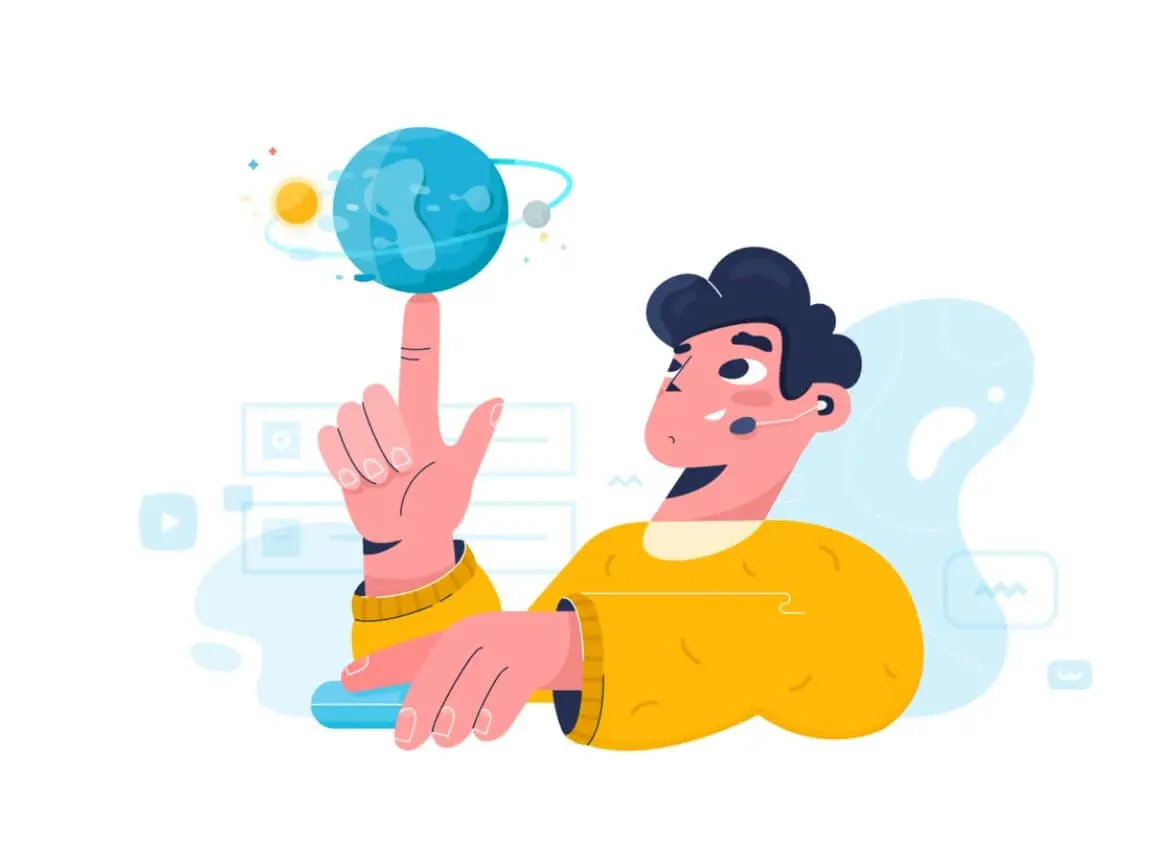8 Powerful Programming Languages for Data Visualization
Each of the data programming languages has its characteristics, and the one that successfully works in one project may not be suitable for another. Let’s revise some of the most powerful visual data representation programming languages to fit your application or software and learn more about training video companies.
What is Data Visualization?
ExplainNinja works determine data visualization as the graphical representation of information and other data.
(Tableau)
This is the graphic representation of any data and is a particularly efficient way of communicating. The ata visualization programming language you chose for your project allows translating large data sets and metrics into charts, graphs, and other visuals.
Let’s talk about the most commonly used data visualization languages you may be familiar with, though some of them may be entirely new for someone.
R Programming Language
R is an open-source software environment designed primarily for statistical and graphical processing in Data Science. Time series analysis, clustering, statistical tests, and linear and nonlinear modeling are just some of the R language’s statistical computation and analysis options. It’s a programming language that some websites use to display data.
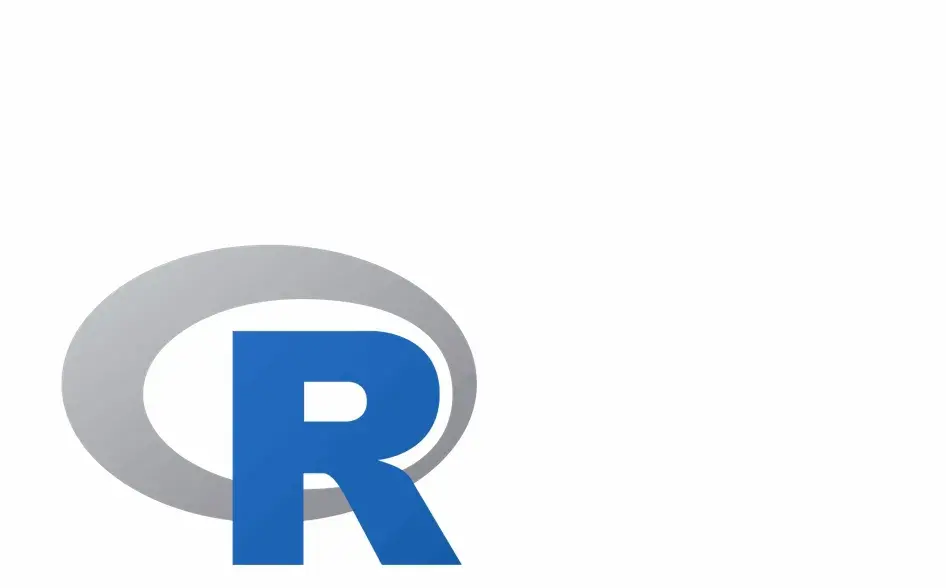
Pros and Cons of R
- R provides efficient data processing and additional tools for data analysis.
- It offers a vast number of options for creating informative graphs in the process of data analysis.
- Extend core functionality with robust packages.
- Support for the performer community.
It provides excellent extensibility by allowing other programming languages to modify data objects without much difficulty due to its object-oriented solid nature.
Scala
Scala is a high-level programming language that runs in the JAVA virtual machine for java data visualization. Together with Spark, it is efficient for processing large amounts of disparate data. Essential concurrency support makes Scala an ideal choice for building high-performance data science frameworks such as Hadoop.
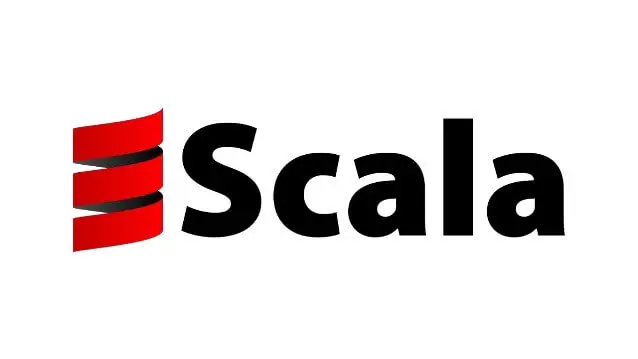
Pros and Cons of Scala
- Stability, versatility, and relatively fast delivery of results.
- More than 175,000 libraries extend their functionality.
- Strong community support.
The language supports various IDEs such as IntelliJ IDEA, VS Code, Vim, Atom, and Sublime Text and even in your browser.
Matlab
Matlab is primarily a mathematical computing environment designed to perform complex calculations; it has various tools that enable it to serve actions such as manipulating matrices, plotting data and functions, and much more. Using Matlab makes it easy to solve complex mathematical and statistical problems. It’s the best programming language for big data.

Pros and Cons of Matlab
- Contains an impressive set of figures and mathematical functions.
- Provides built-in graphing routines for creating and visualizing data graphs.
- Provides seamless scalability
This best language for data analysis & coding visualization also allows you to execute algorithms and create a user interface.
Python
Python today is one of the most popular simple universal languages for data visualization and even more. It is often the best choice for solving problems in Machine Learning, Deep Learning, Artificial Intelligence, and so on. It is object-oriented, easy to use, and developer-friendly due to its highly readable code.
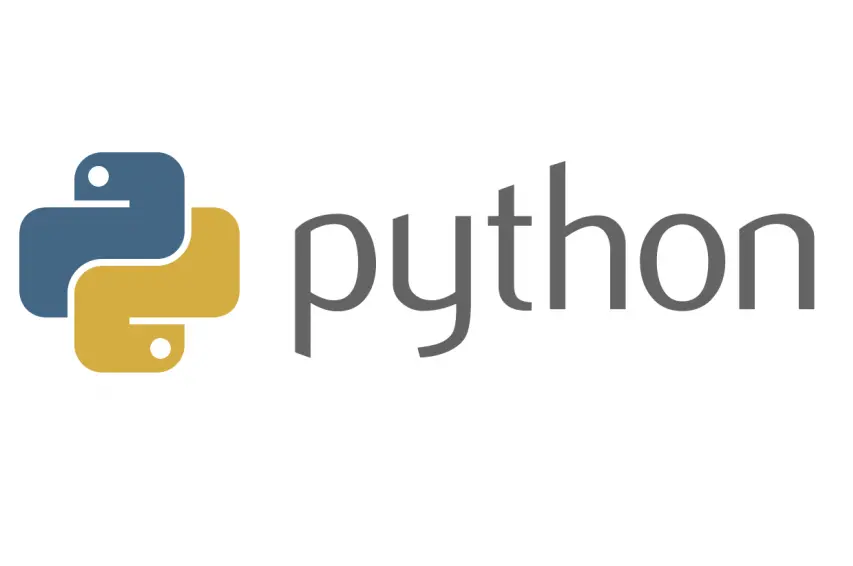
Pros and Cons of Python for Data Visualization
- Support for Data Science libraries such as Keras, Scikit-Learn, Matplotlib, TensorFlow, etc.
- Ideal for data collection, analysis, modeling, and visualization
- Support for a large number of options for exporting and sharing files.
- A community for consulting.
Its rich libraries and the ability to be used in various situations make Python a truly multifunctional tool and the best programming language for data analysis & data visualization.
Java
The Java programming language only looks outdated. Some leading companies have long used it to develop enterprise applications as the preferred tech stack option securely. To reduce the hype in data science, Java has offered tools such as Hadoop, Spark, Hive, Scala, and Fink.
Java virtual machines are a fairly common choice for developers to write code for distributed systems, data analysis, and machine learning in an enterprise environment.
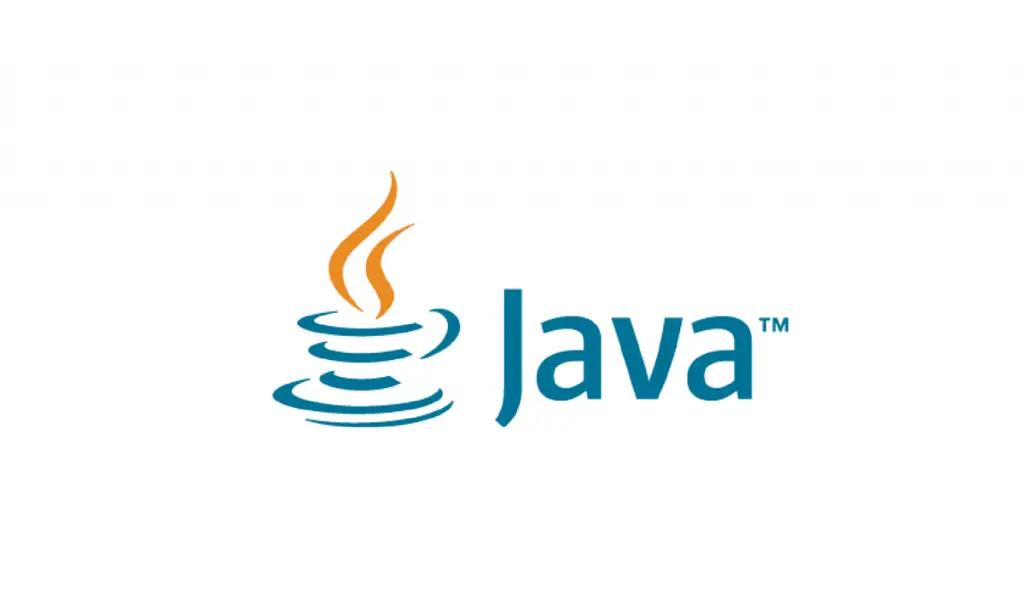
Advantages and Disadvantages of Java for Data Visualization
- Application for tasks related to data analysis, deep learning, and natural language processing data mining.
- Provides easy scalability when building complex applications from scratch.
- The ability to get results quickly.
Java also has several IDEs for quick application development.
C#
C is one of the earliest programming languages. Most modern languages use (for example, the R programming language) C / C ++ as their source codebase. Working with C / C ++ requires a deep understanding of the basic principles of programming.
Although it is one of the most challenging programming languages for beginners in data science due to its low-level nature, it is increasingly being used to create information tools that can be used to manipulate data.

Good and Bad of C# for Data Visualization
Among the critical features of C / C ++ there are:
- The ability to get faster and better-optimized results when the underlying algorithms are also written in C.
- It is faster in comparison to other programming languages due to its efficient nature.
Though, it’s hard to learn because of its nature and complexity.
Julia
Julia is a common language that is functional and high level, designed for demands in math and technology. It is appropriate for data visualization programming languages, a low-level dynamic system, open-source, and simple to use. It is a functional language that functions well with recursive functions. Julia operates quickly and uses C or Python language libraries to function.

Good and Bad of Julia
Along with applications in precision medicine, augmented reality, genomics, machine learning, and risk management, Julia also powers self-driving cars and 3-D printers.
The data visualization features of Julia are both powerful and simple to utilize.
Go
Go (or GoLang) is a computer language that is gaining popularity for data visualization, particularly in machine learning projects. It was first made public by Google in 2009 utilizing the Click syntax and design. Many programmers believe that Go is the C of the twenty-first century. Go has grown in prominence over the past ten years thanks to its adaptable and simple language.
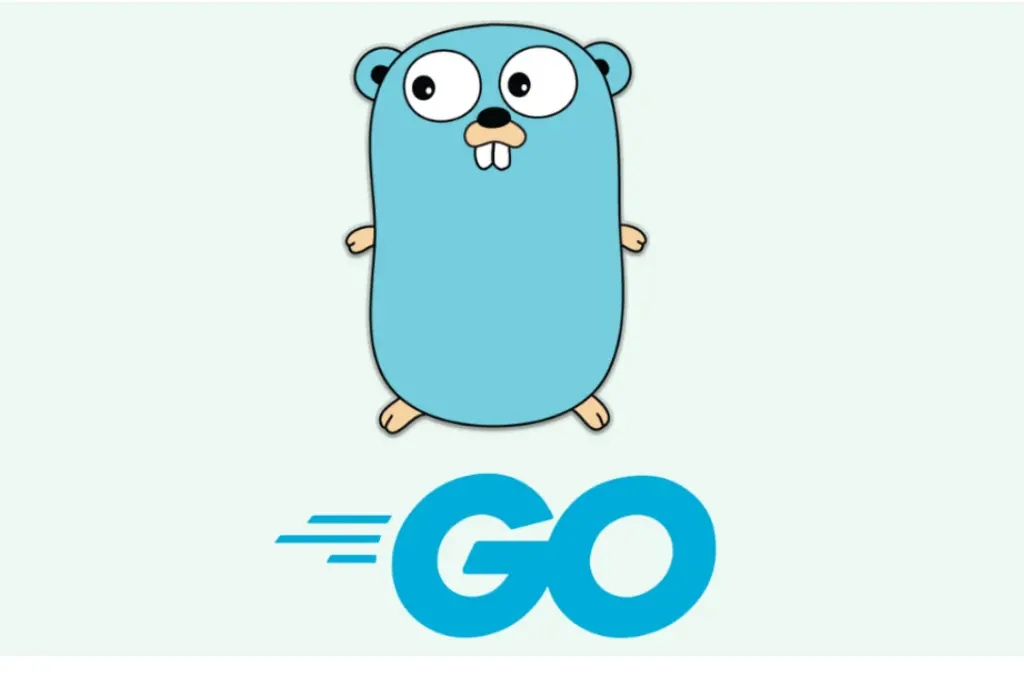
Good and Bad of Go
- Go has the potential to be a powerful ally for machine learning problems in the context of data science.
- It is designed to be straightforward, powerful, readable, and effective.
Unfortunately, the acting data science community is currently relatively small, despite its optimistic outlook.
Conclusion
The field of data visualization is vast and often requires different sets of tools for various tasks. Knowledge of more than one programming language will help you overcome specific difficulties in working with the concept data.
When you choose the best data visualization program for data analysis and visualization to apply in your project, mind that each has its characteristics, performance, and advantages, they may often provide faster and better results than the others.
Suppose you are starting your way in data processing. In that case, we advise you to start by learning at least one of the most powerful programming languages that are most in-demand at present and solidly supported.
Feel free with your suggestions in the comments. See our experience in making product explainer video examples and feel free to hire us for any kind of agile project development.
